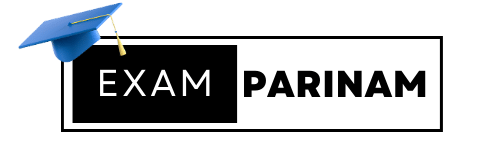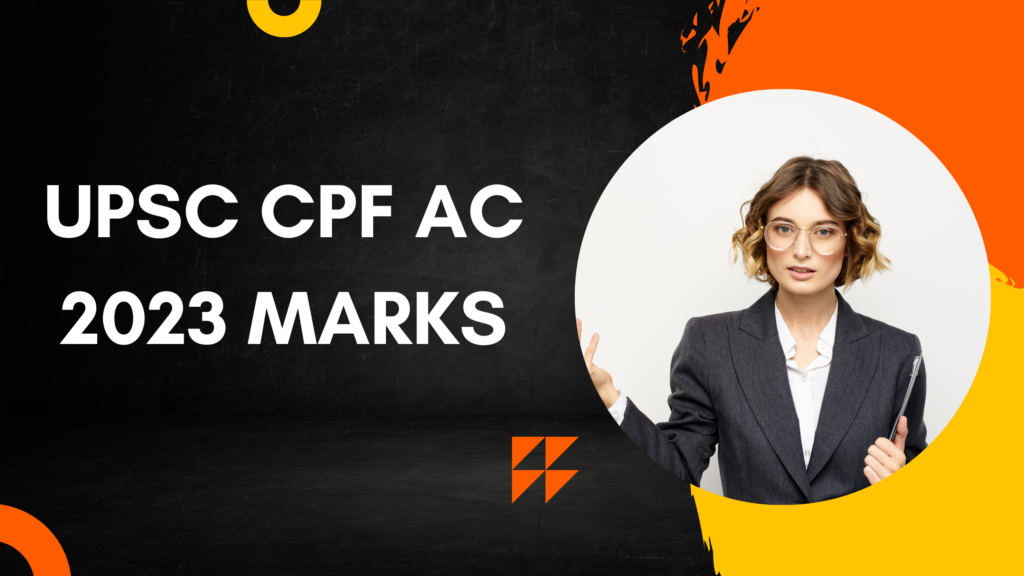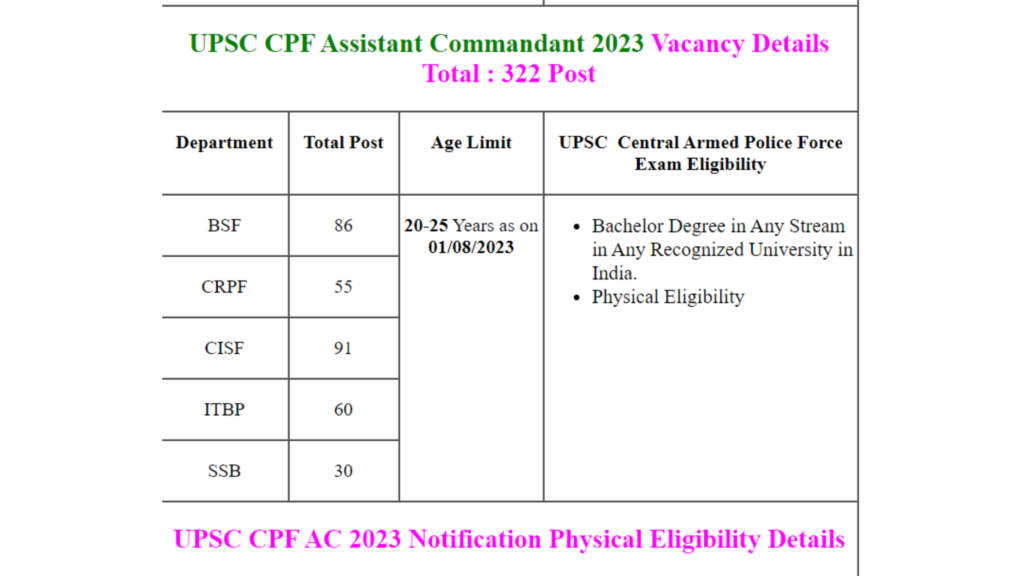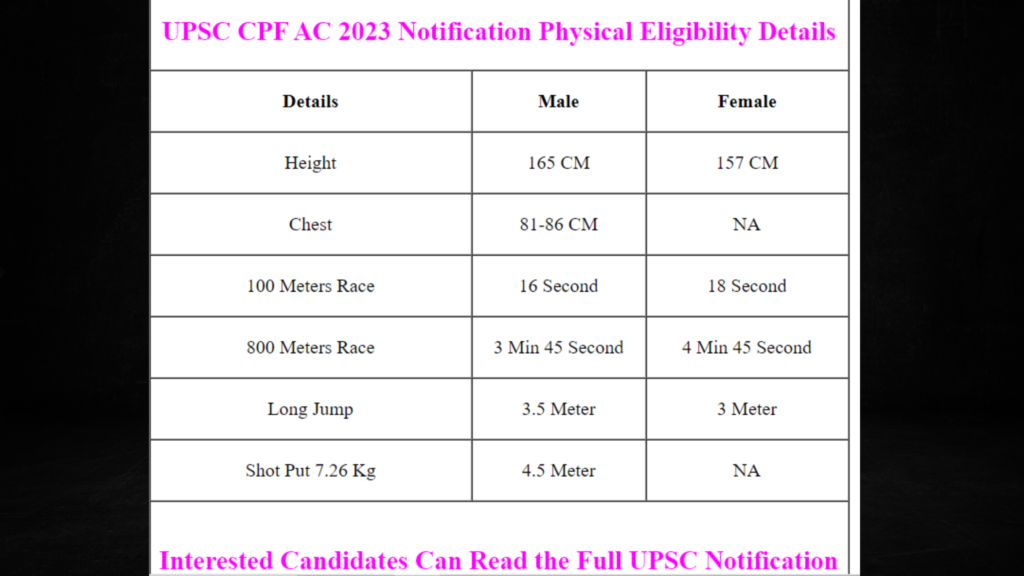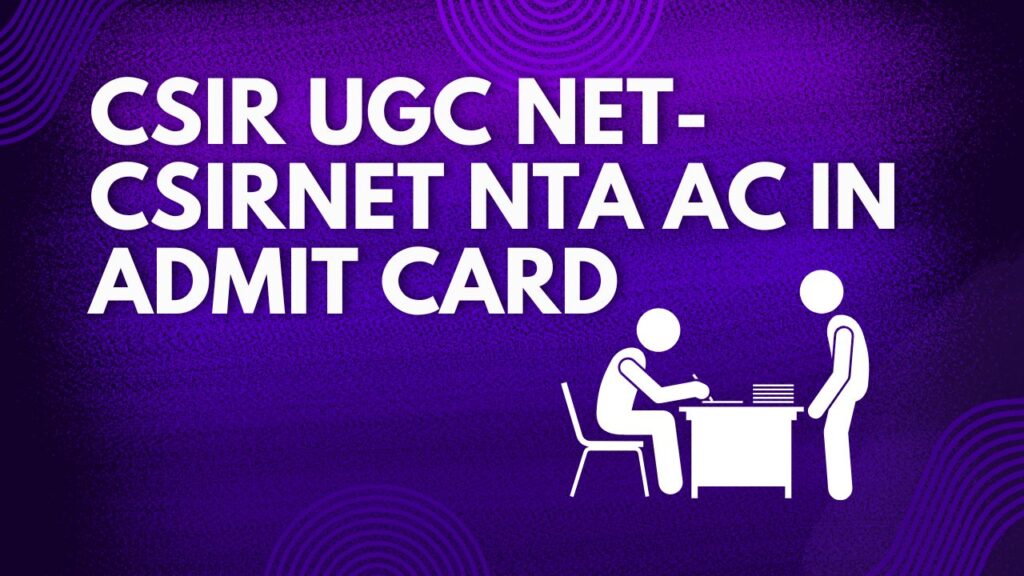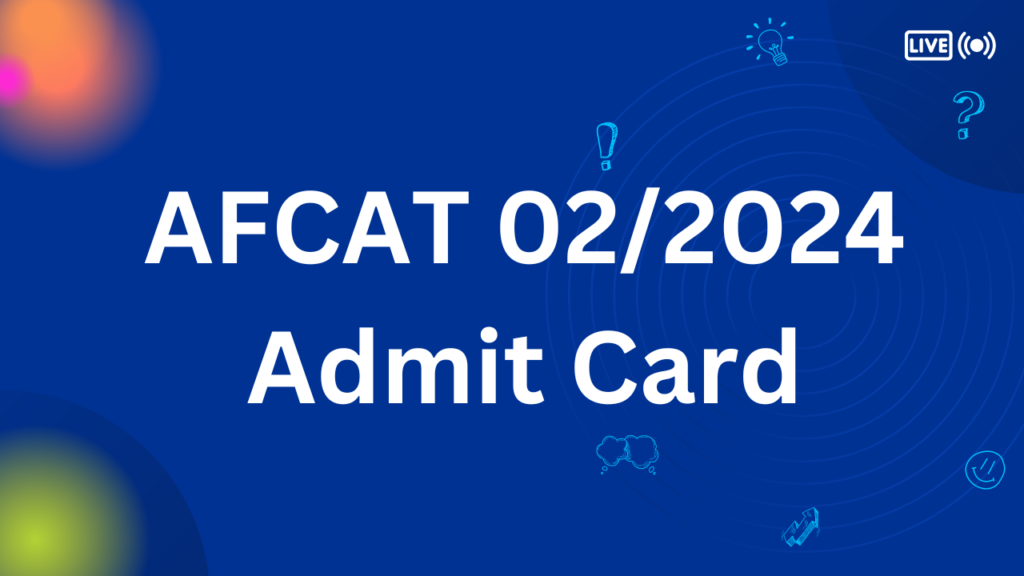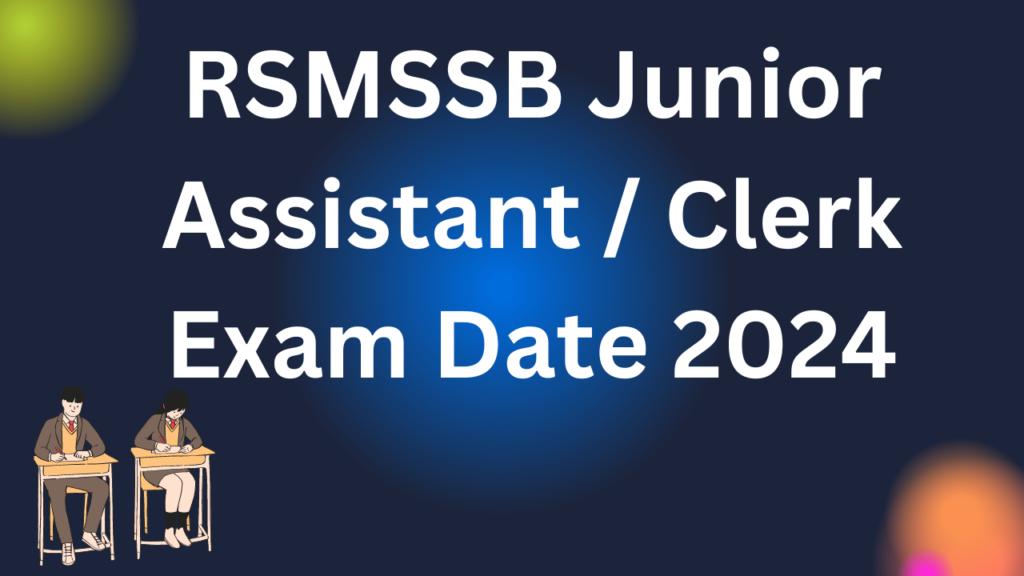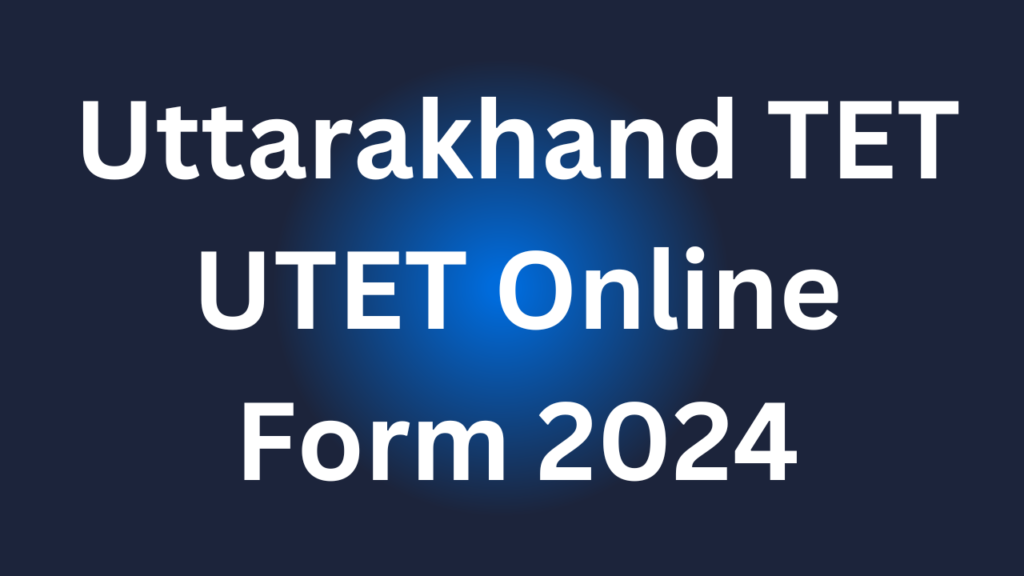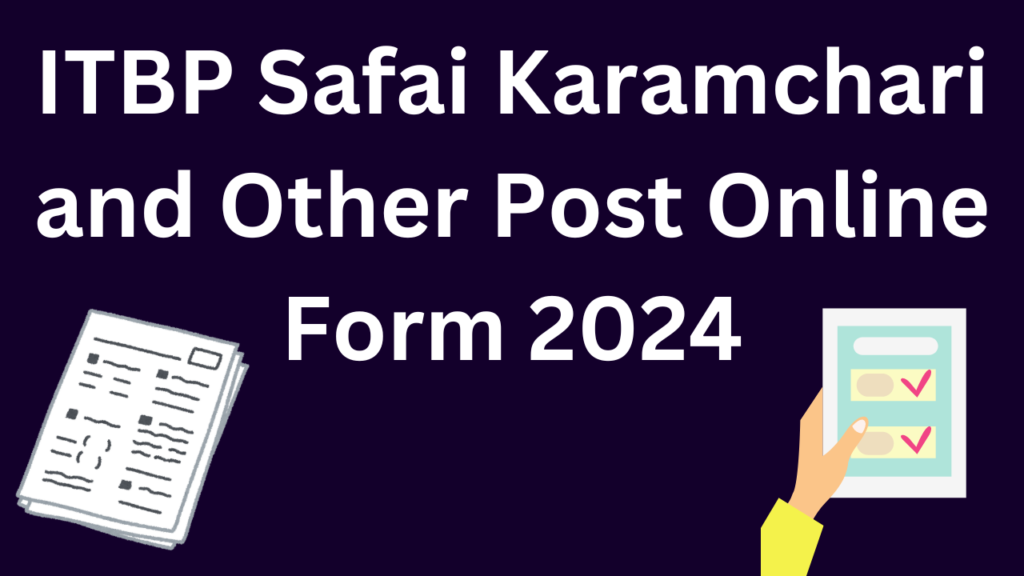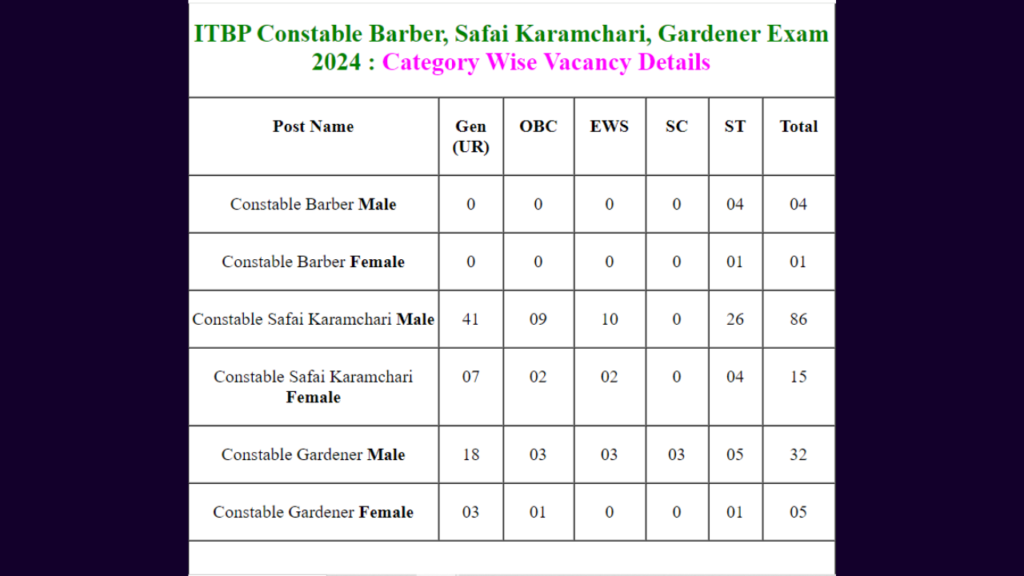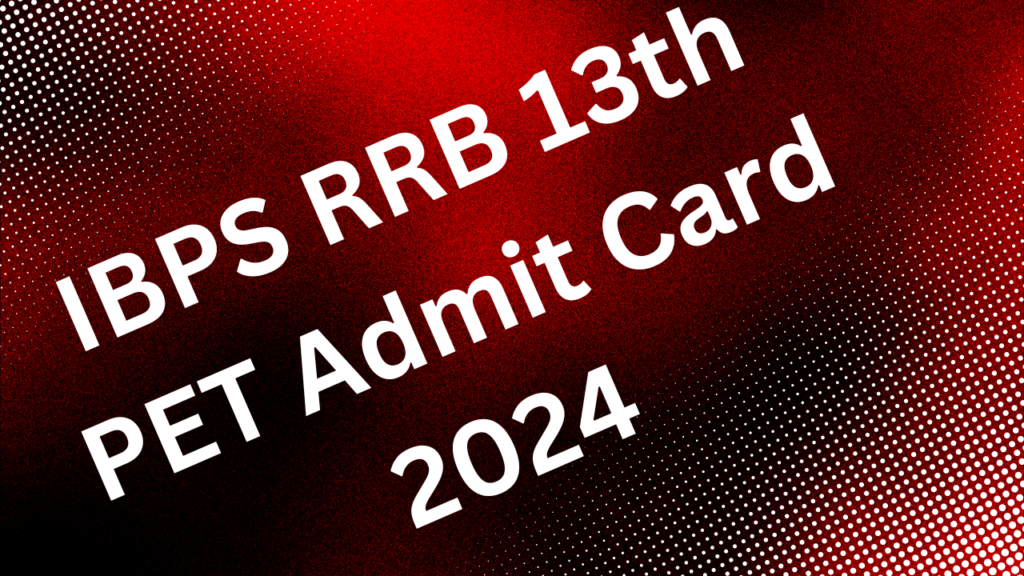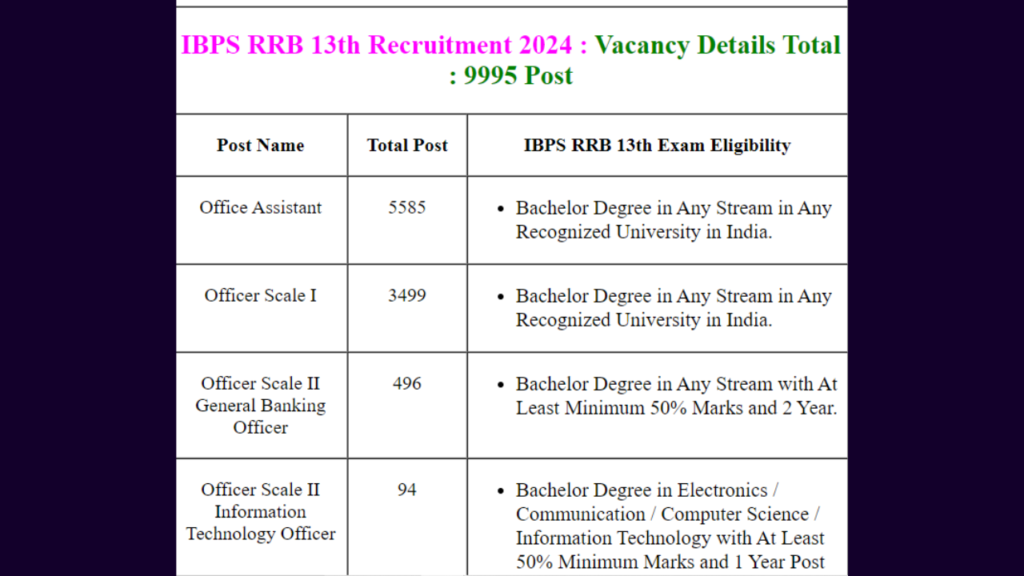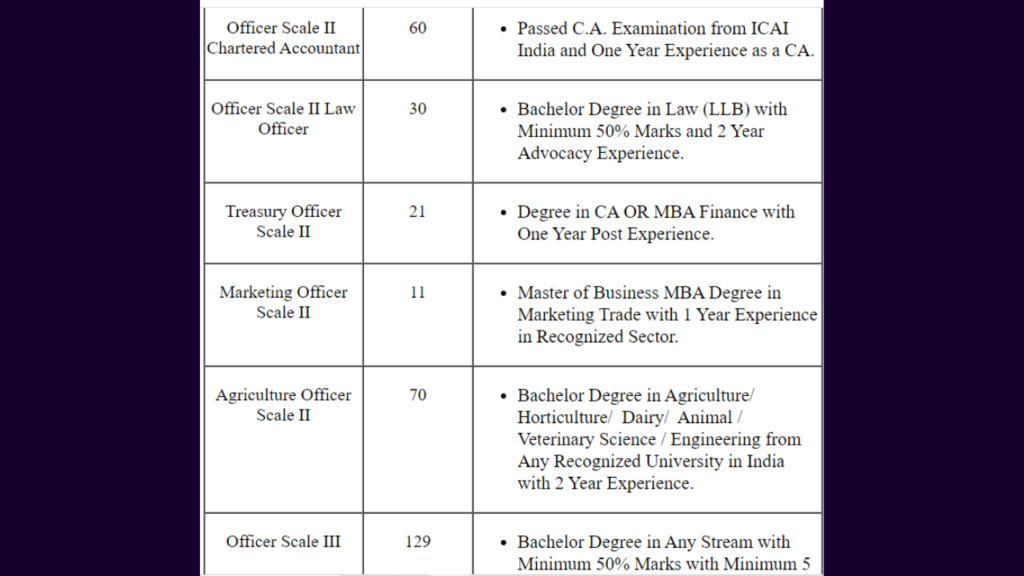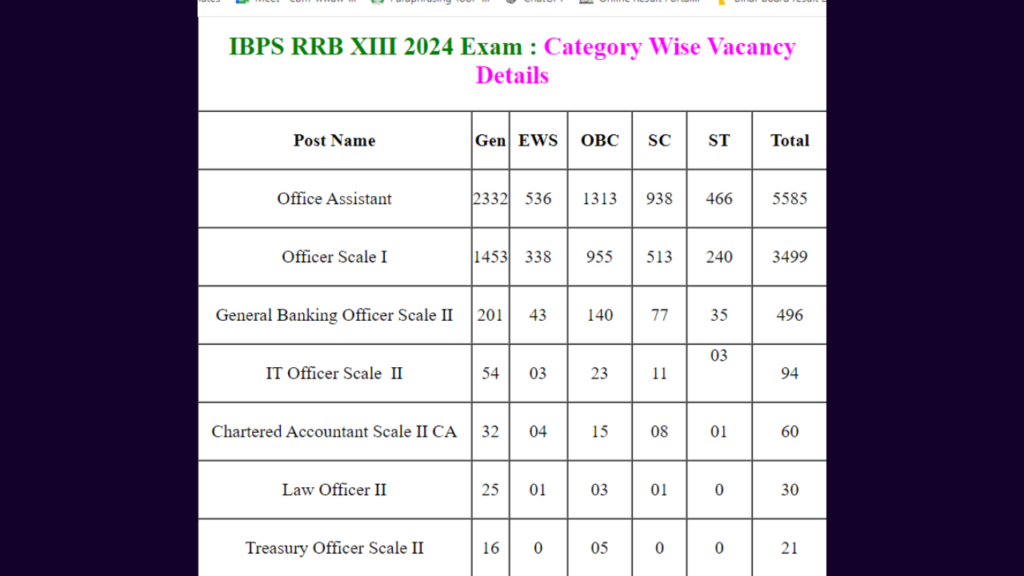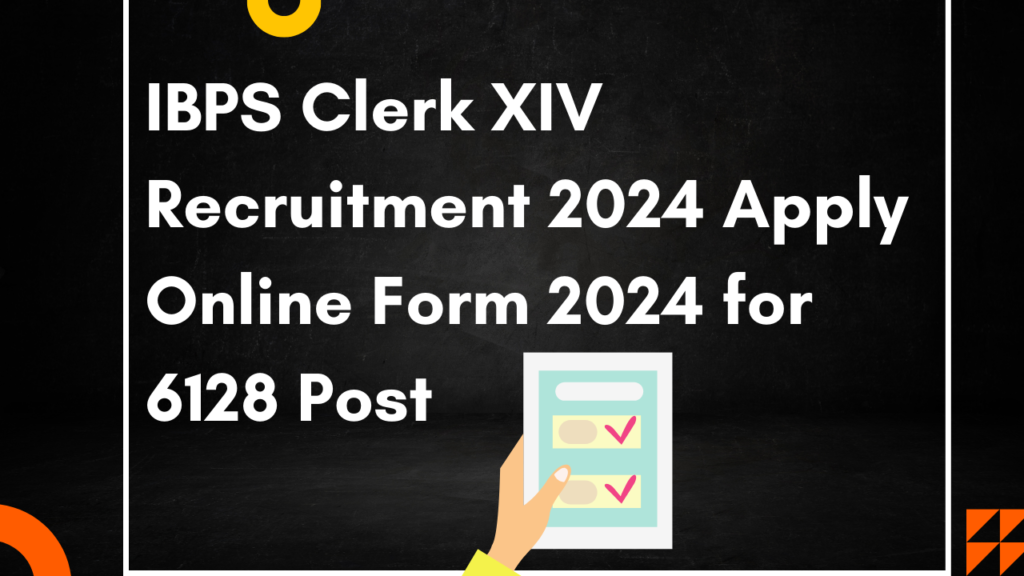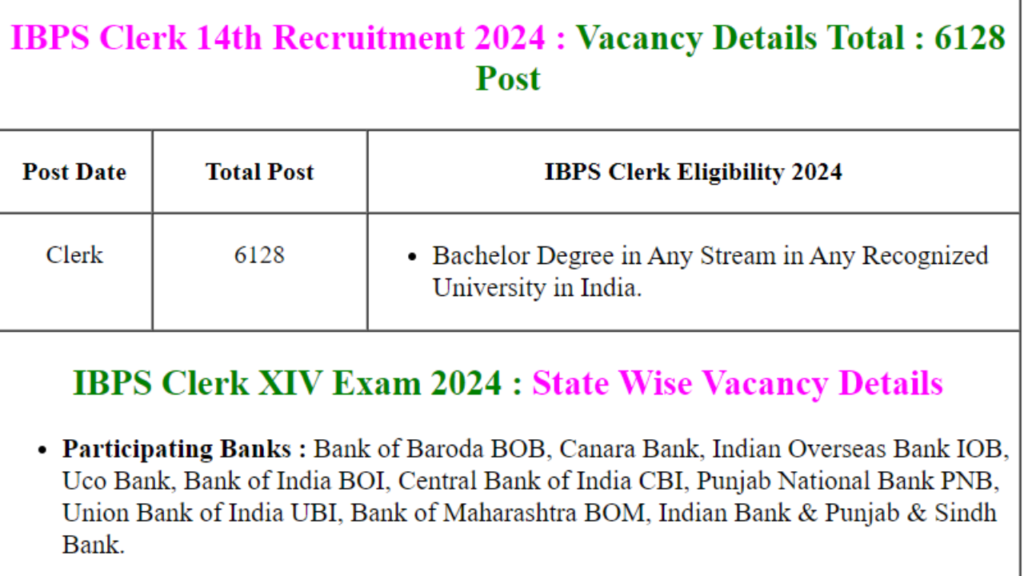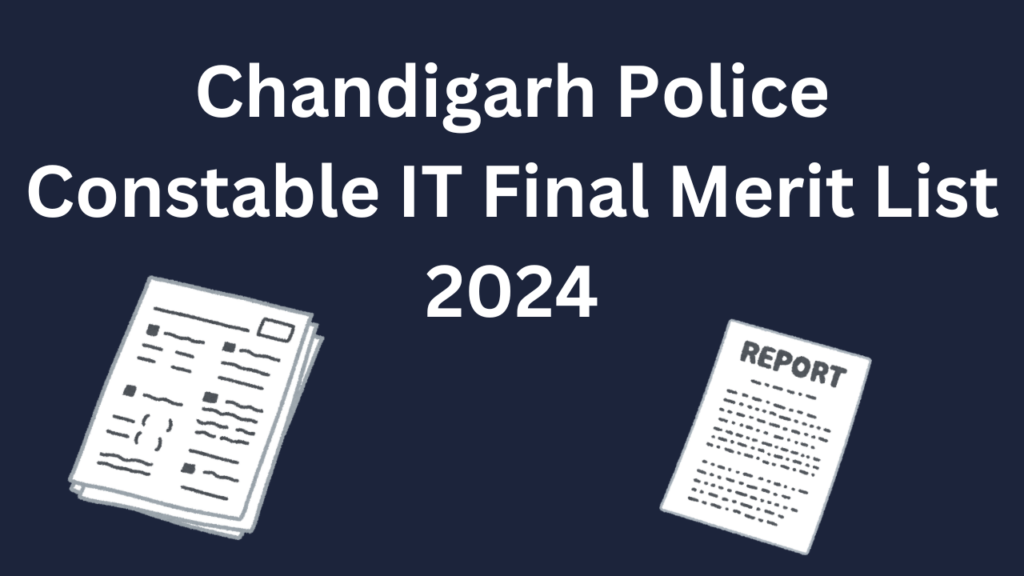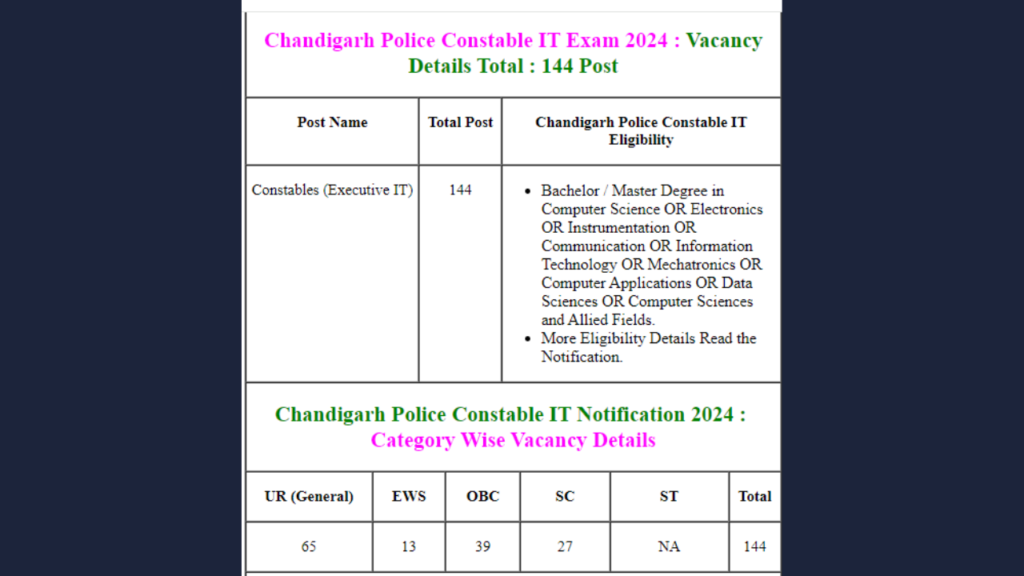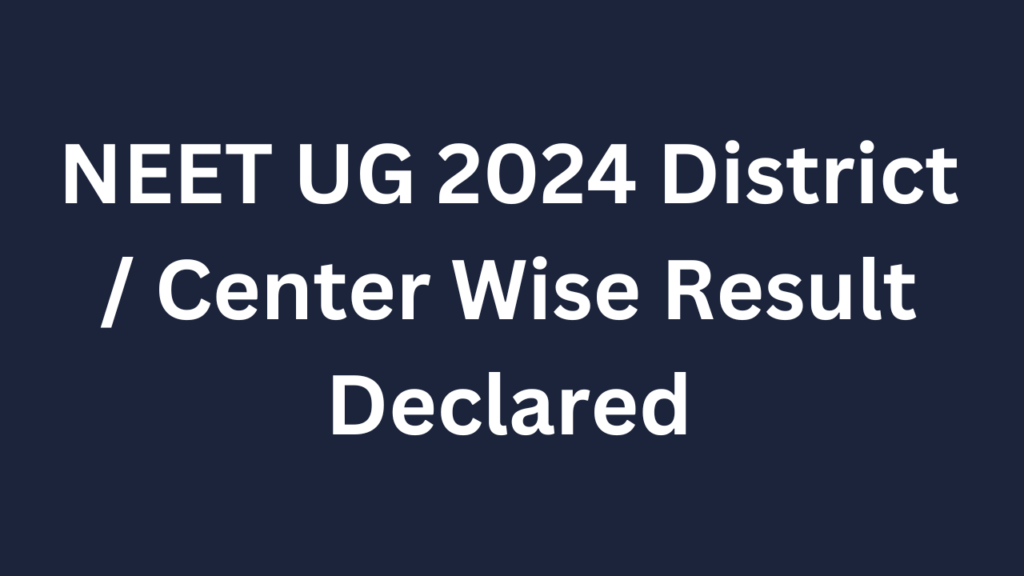UPSC CPF AC 2023 Marks
UPSC CPF AC 2023 Marks
The UPSC CPF AC 2023 (Central Police Forces Assistant Commandant) test scores are very important for people who want to work for India’s respected Central Armed Police Forces. This piece goes into great detail about how the marks were given out, how the test was set up, and other important information that candidates should know in order to understand how they did on the test and plan for future ones.
UPSC CENTRAL ARMED POLICE FORCES (ASSISTANT COMMANDANTS) Examination 2023 Final Result with Marks 2024 for 322 Post
According to the Union Public Service Commission (UPSC), the CENTRAL ARMED POLICE FORCES (ASSISTANT COMMANDANTS) Examination 2023 has been made public. The DAF online form 2023 can be filled out by people who passed the written exam. Read the notice to find out who can apply, what the job is, how to be chosen, the age limit, the pay scale, and everything else.
Union Public Service Commission
UPSC Combined Central Armed Police Force (Assistant Commandant AC Exam 2023)
UPSC Advt NO. : 09/2023-CPF Short Details of Notification
Important Dates
- Application Begin : 26/04/2023
- Last Date for Apply Online : 16/05/2023 Upto 06:00 PM Only
- Last Date Fee Payment :16/05/2023
- Exam Date : 06/08/2023
- Admit Card Available : 14/07/2023
- Result Available : 26/09/2023
- DAF Form Last Date : 25/10/2023 Upto 06:00 PM Only
- Final Result Available : 05/07/2024
Application Fee
- General / OBC : 200/-
- SC / ST : 0/- (Nil)
- All Category Female : 0/- (Exempted)
- Pay the Examination Fee Through Debit Card, Credit Card, Net Banking in State Bank of India or E Challan Fee Mode
Detailed Analysis of UPSC CPF AC 2023 Marks
Written Examination Marks
The written examination is crucial in determining the candidates’ progression to the next stage. Each paper in the written examination is allotted 250 marks, with a focus on evaluating candidates’ knowledge and analytical abilities.
- Paper I: General Studies and Comprehension – This paper tests candidates on current events, general knowledge, and comprehension skills. The performance in this paper is a strong indicator of the candidate’s ability to grasp and analyze information efficiently. Paper II: General Ability and Intelligence –
- This paper assesses candidates’ logical reasoning, analytical skills, and general ability. It is essential for candidates to perform well in this paper to ensure a high overall score.
Physical Standards Test (PST)
The Physical Standards Test (PST) is a qualifying test that evaluates physical fitness and endurance. Although this test does not carry marks, it is crucial for candidates to meet the physical standards set by the UPSC to qualify for the subsequent stages of the selection process.
- Physical Measurements: Candidates must meet the minimum height and chest measurements as specified by the UPSC guidelines.
- Endurance Tests: Various physical tasks, including running and strength tests, are conducted to assess the candidates’ physical endurance.
Interview/Personality Test Marks
The Interview/Personality Test carries 150 marks and is a significant component of the selection process. This stage assesses candidates’ personality traits, leadership qualities, and overall suitability for the role of Assistant Commandant.
- Personality Test: Candidates are tested on how confident they are, how well they can communicate, and how well they can deal with worry and problems.
- Leadership and Decision-Making: During the interview process, the group judges how qualified candidates are to be leaders and how well they can make decisions under pressure.
How to Improve Your Marks in UPSC CPF AC 2023
Preparation Strategies
- Comprehensive Study Plan: Make a thorough study plan that covers everything on the course for both writing tests. Set aside a lot of time for editing and focus on the weak areas first.
- Practice Old Papers: To get used to the format and kinds of questions on the test, you should regularly go over old question papers and practice tests.
- Physical Fitness Plan: To make sure you meet the physical requirements for the PST, make a physical fitness plan a part of your daily life.
- Mock Interviews: Practice interviews to get better at them and feel more confident. Work on getting better at talking to people, giving presentations, and fixing problems.
How to Fill UPSC CPF Assistant Commandant Online Form 2023
- Union Public Service Commission UPSC Central Armed Police Forces CAPF Recruitment 2023 Candidate
- Vacancies 2022. Kindly Check and Collect the All Document – Eligibility, ID Proof, Address Details, Basic Details. Kindly Ready Scan Document Related to Recruitment Form – Photo, Sign, ID Proof, Etc. Before
- Submit the Application Form Must Check the Preview and All Column Carefully. If Candidate Required to Paying the Application Fee Must Submit.
- If You have Not the Required Application Fees Your Form is Not Completed. Take A Print Out of Final Submitted Form.
Resource Utilization
- Books and Study Materials: For books and study materials that are relevant to the UPSC CPF AC course, please see the list below. Make sure your tools are correct and up to date.
- Online Resources: Use online tools and groups to get more practice and stay up to date on the latest changes and trends in exams.
- Coaching Institutes: If you want organized help and expert advice, you might want to join a coaching school that specializes in UPSC CPF AC training.
Conclusion
The UPSC CPF AC 2023 scores are very important for figuring out who is eligible and how they rank in the selection process for Assistant Commandant jobs. To get a high score and get a job in the Central Armed Police Forces, you need to know how the marks are distributed, how the test is set up, and how to prepare effectively.
|
Some Useful Important Links |
|||||||
|
Download Marks (Qualified Candidate) |
|||||||
|
Download Final Result |
|||||||
|
Download Result (Name Wise) |
|||||||
|
Apply Online (DAF) |
|||||||
|
Download Result |
|||||||
|
Download Admit Card |
|||||||
|
Apply Online |
|||||||
UPSC CPF AC 2023 Marks Read More »
